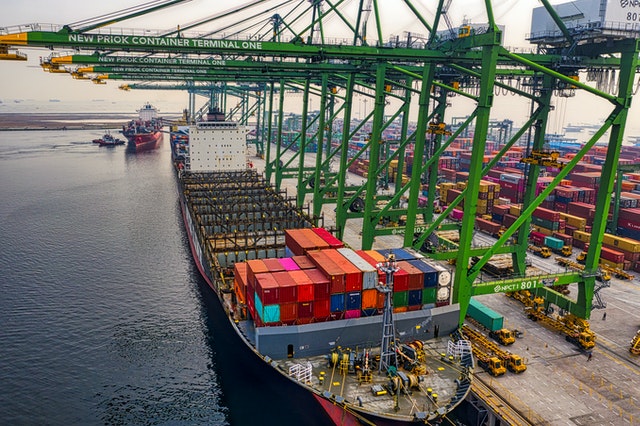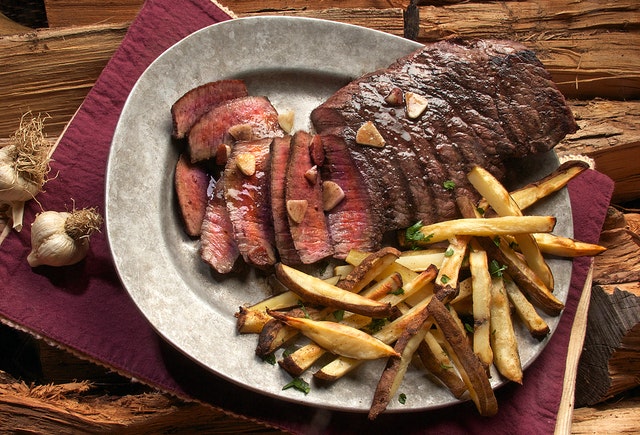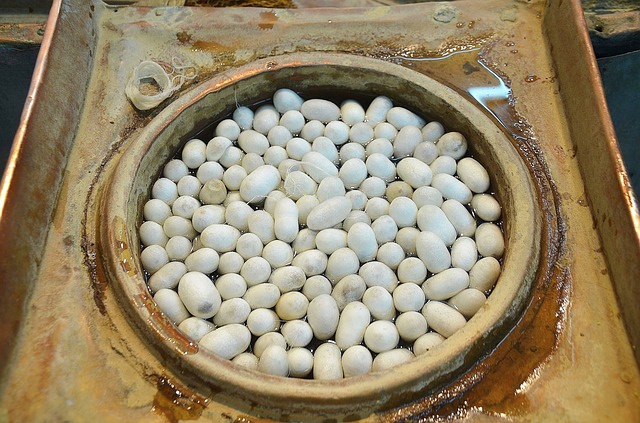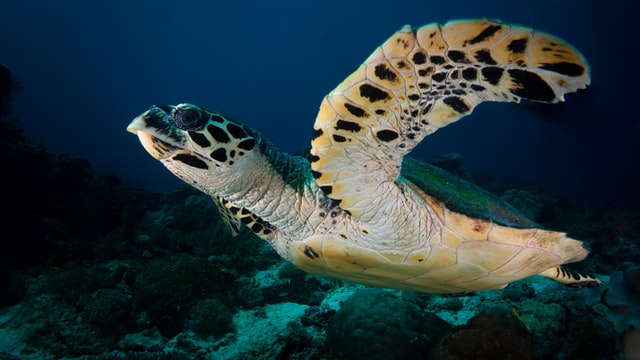The World’s Most Bizarre Exports

This is a guest post by Timothy Clark.
When you think about a country’s top export, what comes to your mind? It probably creates and connects mental images of Italy and pasta, Belgium and chocolates, China and silk, Brazil and coffee beans, or Ireland and ale. But did you know that there’s a long list, and a rather staggering one, of some other products you’d probably never suspect to be global merchandise?
Today, we take a look at some of the world’s most bizarre exports – surprising products that countries send abroad. On this list, you can expect to find goods like wolf urine, bovine semen, binoculars, camel steaks, and cocoons – you know, basic life necessities.
Australia’s Alternative to Pork and Beef

Move over, beef. Australia brings camel steak to dinner tables across the world. Camel meat is promoted as not only a healthier, low cholesterol alternative to beef but also one that is environmentally friendly. Concerning the latter, camels are considered a pest in Australia. More than a million of them were left to roam Australia’s vast interior. The animals are breeding at a rate so high that it doubles the Australian population every nine years and negatively impacts the environment. This led to the marksmen culling hundreds of thousands of them.
But one country’s trash is another country’s treasure. The news of camel culls reached the Middle East and African countries. This then influenced their demand for lean camel meat and fat-rich milk. Many of these countries consider camel meat a delicacy, so the growth opportunities were enormous. Thus, the region’s meat exporters called on the government to invest money formerly directed for culling in subsidizing freight shipping costs.
What Do Binoculars and Bovine Semen Have in Common?
Sounds like one of those fun brain teasers, doesn’t it? I promise you – it’s not. These items score the Great White North millions of dollars in exports. Canada is a well-known exporter of crude oil, gold, cars, automotive parts and accessories, sawn wood, etc. Yet there are some other, a bit quirkier, product items that leave the country and land for other nations.
For instance, binoculars may be regarded as archaic items. Still, Bahrain readily splashes out an amazing $2.9 million on these annually. What is more, Canada and the US dominate the international bull sperm market. Iran is one of the many countries that are hankering to get their hands on these countries’ bull DNA. The country spends an incredible $976,000 per year. Why, you might ask? American cows have some of the best milk production rates across the globe. Namely, they produce more than 21,000 pounds of milk per cow in the year 2012 alone.
Indonesia Hops to it with Frog Legs
Another of the world’s strangest exports is frog legs for consumption as food. Indonesia is the largest exporter of the stuff. And let me tell you, the French do love their frog legs. Statistics say that they are ready to pay for the 4,000 tons a year. So, the limbs of somewhere between eighty and two hundred million frogs per year are caught in Indonesian forests, are then shipped via air freight to Europe to eventually end up on French plates. Conservationists fear, however, that the insatiable demand for frogs’ legs could seriously impair local frog populations in Asia. For this reason, they are calling for the EU to limit frog imports. But this has not stopped France from being the leading frogs’ legs importer.

Silkworm Cocoons
Silkworm cocoons are a huge moneymaker for Turkey. The tiny cocoons of the silkworm are used for beauty treatments as well as producing silk and jewelry.
And Turkey is the largest supplier, exporting an estimated $532 thousand worth of these tiny cocoons in 2017, mainly to China, the biggest exporter of raw silk.
Wolf Urine, Anyone?
Many researchers expressed the past decade’s deer population increase in Japan is out of control, wreaking havoc with transport systems and farmland. By 2013, the number of accidents caused by this ungulate had more than doubled in the northernmost of Japan’s four main islands, Hokkaido. As a result, Japan’s transport officials decided to take drastic action.
The wolf urine turned out to be a powerful communicator to some animals, including ungulates. If the scent of an apex predator at the top of the Northern Hemisphere food chain is around, these animals want to be as far away as possible. It marks its territory. For this reason, the US began exporting the urine to Japan. The country then used it to spray near the island’s highways and transportation routes. Talking about the world’s most bizarre exports, right?
June 13th Is Hawksbills’ Day

The hawksbill sea turtles are truly remarkable creatures. But their population has declined more than 80% during the last century, chiefly due to the international trade in their stunning shell for ornamental purposes. The carapace (shell) of the hawksbills is used for arts and crafts, primarily for the making of combs, brushes, jewelry, and inlay in decorative pieces of furniture and others. The species was on the verge of extinction. Today, however, there is a ban on the tortoiseshell trade.
Take New Zealand, for instance. In former times, it was one of the biggest importers of tortoiseshells. Nowadays, travelers who own any tortoise or sea turtle shell jewelry and ornaments or business companies looking to export these items will need a special permit to bring them inside the country’s borders. Also, if you’re looking to relocate to this country trouble-free, there are two things you will need to do: find a good international moving company [though Universal Cargo focuses on helping businesses import or export goods, even bizarre ones] and familiarize yourself with your new country’s laws.
Kazakhstan Exports Radioactive Chemicals
The final place on our list of the world’s most bizarre exports belongs to Kazakhstan. Kazakhstan is the world’s largest exporter of Radioactive Chemicals, and they’re right next to petroleum and refined copper. According to the OEC, Kazakhstan exported an estimated $1.71B worth of these potent materials overseas. This made them one of the most exported products in Kazakhstan that same year. Some of the main destinations include China ($504M), Russia ($427M), Canada ($272M), South Korea ($160M), and France ($157M).
This was a guest post by Timothy Clark.

Author Bio
Timothy Clark has been working as a freelance writer from 2007 to 2015, when he finally got into travel journalism. This was his dream job as he not only got to travel around the globe, but was also paid to do it. Years of learning about the world, meeting beautiful people, exploring different cultures and histories, and trying different cuisines got him interested in the shipping industry as one of the oldest industries in the world.




